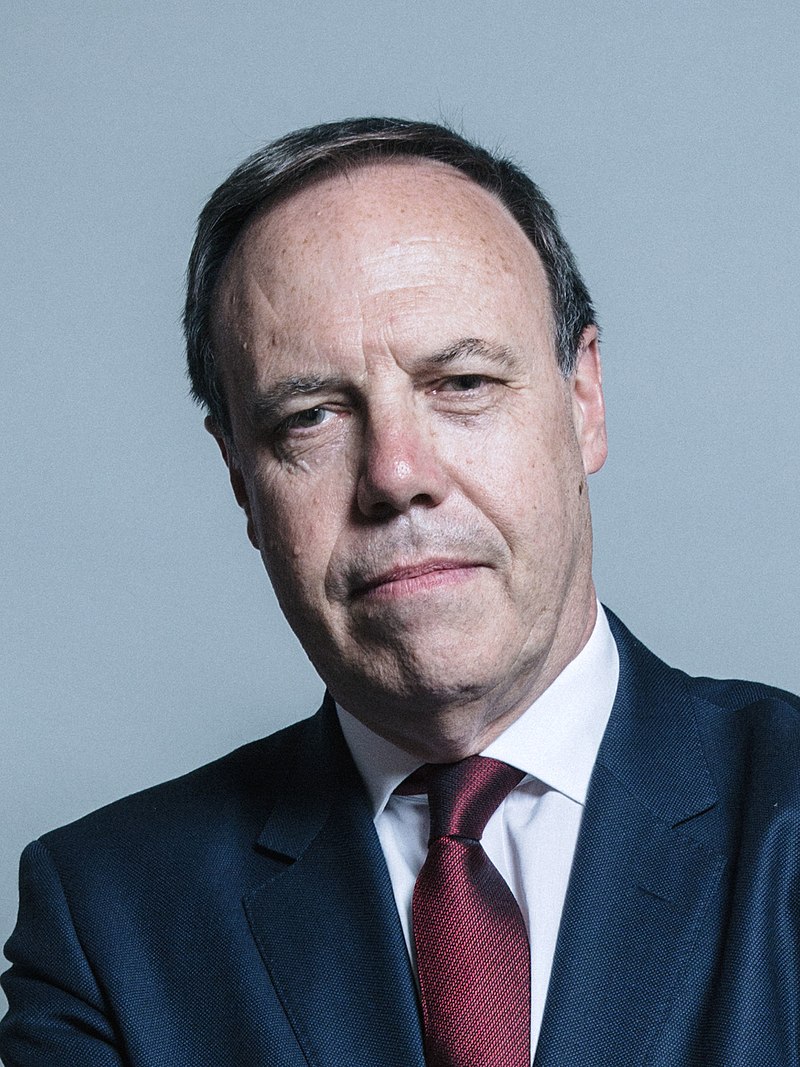Northern Ireland - DUP and Sinn Fein lose votes
by Ernest Walker
Like the UK, Brexit played a major part here, some would say it played the only part, unlike the UK though sectarianism is never far away. Indeed one political commentator wrote that the election would be the most sectarian ever, “and that’s saying something”. The 2016 EU referendum broke down on sectarian lines with the Remain vote coming mainly from the nationalist community and the Leave vote from the unionist one. In the General election, what we saw in the constituencies of North and South Belfast were nationalist parties standing aside to allow the other a better chance of winning. The fact that the aim was to defeat the pro-Brexit Democratic Unionist Party (DUP) gave it that sectarian mode. Many unionists would have seen it that way especially when the Ulster Defence Association (UDA) urged its members to vote for the DUP and Arlene Foster attributed their two defeats to nationalist parties ganging up on them.
WINNERS AND LOSERS
The loss of deputy leader Nigel Dodds to Sinn Fein’s (SF) John Finucane was a severe blow to them. It was not a two-horse race as the Alliance Party (AP) also stood a candidate and had declared prior to the elections that they would not stand aside in order to maximise the Remain vote. “We do not do pacts” was their statement. The Ulster Unionist Party (UUP) had declared its intentions to contest all constituencies but stood down at the last minute in North Belfast with the belief that certain people had leaned on them. Obviously one unionist candidate was preferable to two with the possibility of splitting the vote. In the event it did not matter.
The other defeat for the DUP was in South Belfast where the Social Democratic and Labour Party (SDLP) regained a seat that they had held for some years, losing to the DUP’s Emma Little-Pengelly in 2017. Whilst the SDLP stood aside in North Belfast, Sinn Fein stood down in South Belfast as did the Green Party, in order to maximise the Remain vote. The leader of the Green Party even signed the SDLP candidate, Clare Hanna’s, nomination papers. Hanna won a resounding victory with a majority of over 15,000.
The victory in north Belfast was however tempered by the loss of the Foyle seat in County Derry, where SDLP leader Colm Eastwood trounced SF sitting member Elisha McCallison securing a 17,000 plus majority. Significantly the SDLP vote went up by 17.7% whilst SF dropped by a whacking 19%. One of the main themes of the SDLP campaign was the abstentionist policy of SF which stands in Westminster elections but does not take its seats. This policy has come in for criticism in recent times and no doubt would have affected the result in Foyle.
Other results in Belfast did not show much in the way of surprises. The DUP’s Gavin Robinson retained his seat in East Belfast, but his main opponent, Alliance Party leader, Naomi Long, winner of a seat in the EU elections cut his majority from 8,000 to just fewer than 2,000. Sinn Fein also retained its seat in West Belfast but saw its vote reduced. The SF candidate, Paul Maskey, did secure nearly 51% of the vote with a 14,000 majority, but interestingly People Before Profit (PBP) candidate Gerry Carroll, who is also a Member of the Northern Irish Assembly, obtained 6,194 votes an increase of 2000. People Before Profit came out of the Socialist Workers Party and is active in both N Ireland & the Republic. It has to be said that not for the first time PBP and Carroll have been the victim of a nasty campaign from SF especially on the issue of Brexit.
Other areas outside Belfast saw no changes with SF retaining Mid-Ulster, West Tyrone, South Down Newry and Armagh. They also retained Fermanagh and South Tyrone but by just 57 votes from the UUP. Their candidate, Michelle Gildernew’s vote was down by over 3,200 votes from 2017. Significantly the DUP stood aside in order to maximise the unionist vote and it nearly paid off, The DUP was successful in the constituencies in Upper Bann Lagan Valley, Strangford, East Antrim and Ian Paisley Jnr’s stronghold of North Antrim, albeit with a loss of 8,000 votes. The DUP was hoping to gain the seat vacated by independent unionist Lady Sylvia Hermon, however the seat fell to Stephen Farry of the Alliance Party. The fact that three unionists of varying hues stood and amassed more votes than Farry shows that if one single candidate had stood there could have been a different result.
Overall figures show that SF got 22.8% of the total vote, down 6.7%; DUP got 30.6% down 5.4%; SDLP 14.9% up 3.1%; Ulster Unionists got 11.7% an increase of 1.4%. The Alliance Party got 16.8 up 8.8%. The combined Unionist vote was 42.3% the total of the nationalist vote 37.7% Sandwiched between are Alliance who do not declare either position.
BREXIT
Sinn Fein festooned areas with posters predicting that Brexit will cause food, electricity, fuel, holiday prices to rise and anything else that you can think of.
During the election campaign a thousand unionists attended a “Rally for the Union” and heard speeches denouncing Johnson’s withdrawal deal as the “betrayal act” which in their view would lead to an “economic united Ireland”.
The DUP and SF did not have a good election despite the latter’s victory in North Belfast. Whilst the defeat of the two DUP members is welcome, we have to remember the new MP’s attending Westminster are all fervent supporters of the European Union.
(Ernest Walker in a member of the Communist Party of Ireland and contributes to its newspaper, Unity, each week. He lives in North Belfast.)

Nigel Dodds - loser






